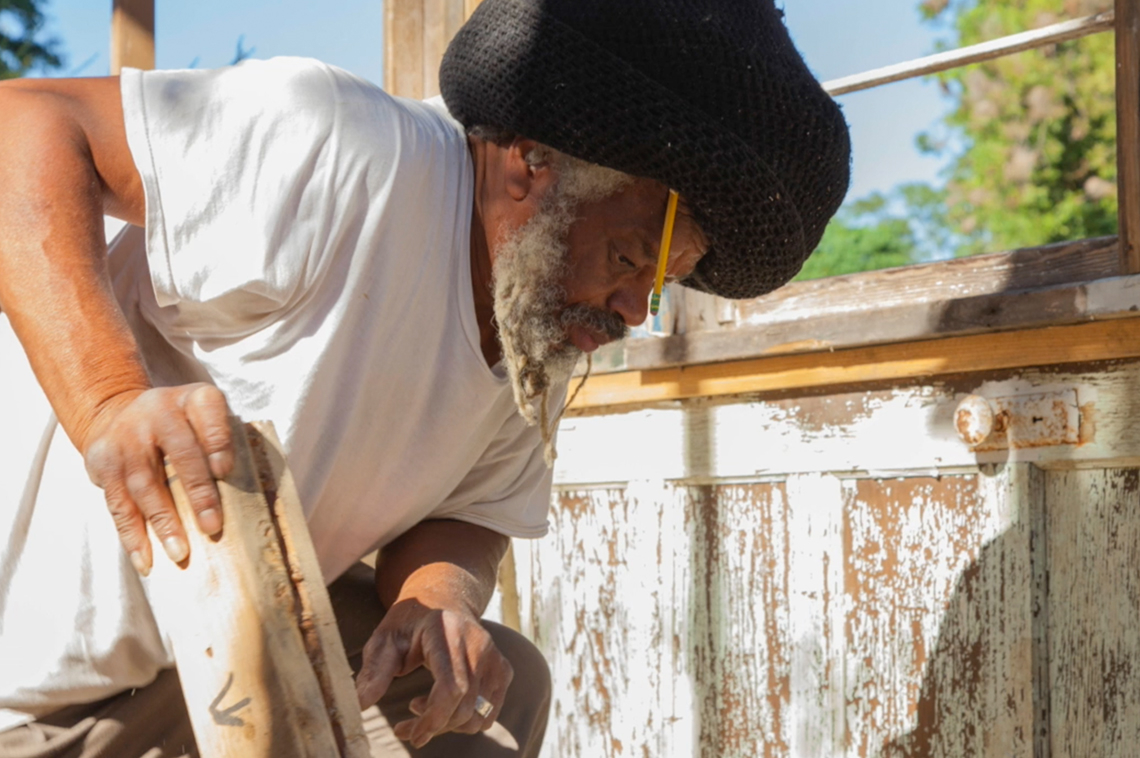
Those who have been following ArtPlace’s progress closely know that we talk about our work as investing in arts-based strategies to help achieve place-based outcomes to reposition arts and culture as a core sector of community planning and development. In order to make sure that we are covering the entire field of community planning and development, we have identified ten sectors that generally cover that terrain.
At our annual Grantee Summit that we hosted in Philadelphia in May, we organized our breakout sessions around these ten sectors, featuring our grantees working in those areas in conversation with an expert from the field. This post is the eighth in a ten-part series continuing those conversations, and it focuses on Immigration.
Below is a summary of a conversation between Nia Umoja, of the Cooperative Community of New West Jackson and Henry Reese, of City of Asylum.
The immigration sector stretches beyond law and public policy to include how communities navigate all entrants and exits, and how new inhabitants contribute to community identity. “Experiencing another person and exploring what it means to relate to other people in your community is a valuable and conjoining force,” says Henry Reese, Executive Director of Pittsburgh’s City of Asylum, whose work focuses on providing sanctuary to exiled writers and leveraging literature to bolster Pittsburgh’s North Side. For over a decade, City of Asylum has been home to a range of writers and literary programming that work to increase cross-cultural dialogue and local economic activity.
For Henry, immigration focuses on human empathy, it “demands negotiations person-to-person, and deals with being able to understand other people as having value and carrying values different from yourself.” Meaning that one measure of a strong community is how it elevates and addresses the concerns of those at its margins. In this context, arts and culture can be tremendously useful tools in a community planner’s toolkit. “The arts,” as Henry argues, “are gymnasiums for exercising the imagination [and] strengthening our empathetic muscles to help us build our community.”
Nia Umoja, the lead coordinator for the Cooperative Community of New West Jackson (COOP NWJ), works to develop a predominately low-income community in West Jackson, MS from the inside out. While her work doesn’t directly deal with immigration, its focus on access and opportunity helped us refine what this sector means from a community development perspective.
COOP NWJ mobilizes residents’ untapped agricultural and construction backgrounds to transform abandoned property into urban farming and cultural spaces. The organization is setup as a neighborhood coop so that literally every member of the community can substantively impact what takes place. “It’s about the people,” Nia stated, “and that’s why social justice should be an umbrella that all of the other sectors fall under… it’s the only perspective that can help creative placemaking sustain a more equitable society.” To that end, we at ArtPlace are considering what suite of overarching values or perspectives should be taken into account when approaching community planning and development. Thus far we’ve focused on four questions, but maybe it’s time for something more formal to elevate the values that we’ve seen best strengthen communities.
Nia and Henry’s work demonstrates how unlocking the individual potential of underutilized community members can have a tremendous impact in aggregate. The immigration sector considers how this outlook applies to the newest inhabitants of communities; because as Nia states, “communities are always adapting, and it is how they adapt that’s important.”
Which is why as mentioned earlier this week, we’ve changed the heading of this sector from “Immigration & Social Justice” to Immigration alone. It was a tough decision because the host of people and organizations working toward social justice are a significant audience that we want to make sure is part of our work, but the matrix isn’t the appropriate container for social justice because it is much bigger than an individual community development sector. The revised heading was in part thanks to our conversations with Henry and Nia.
What do you think of this change in our matrix? What values do you think should pervade the creative placemaking and community development fields? Can you think of any recent events that can be viewed with this new immigration and community lens? As always we look forward to your comments!





